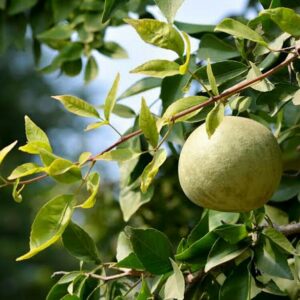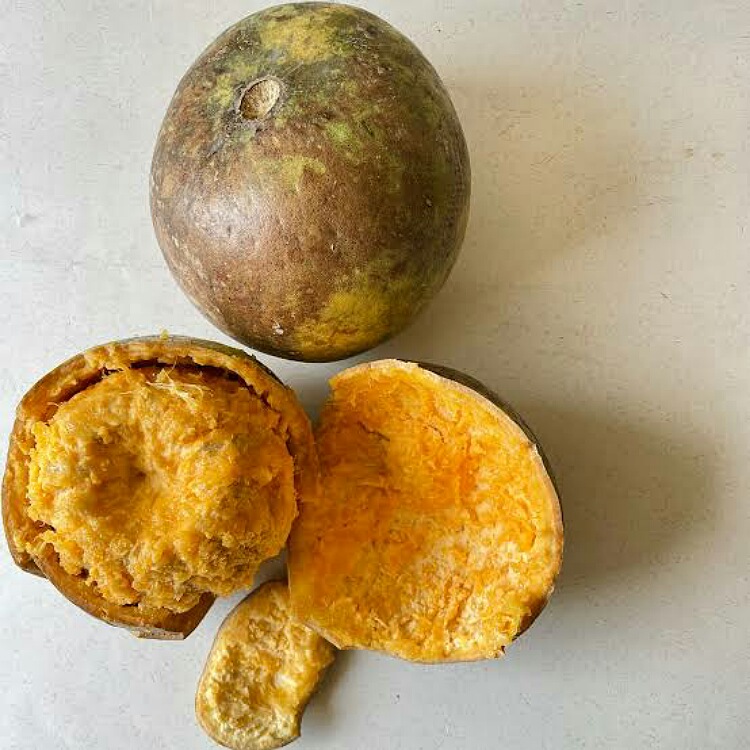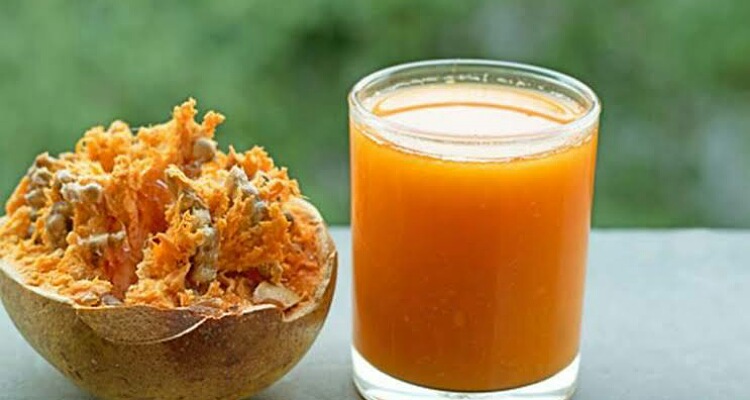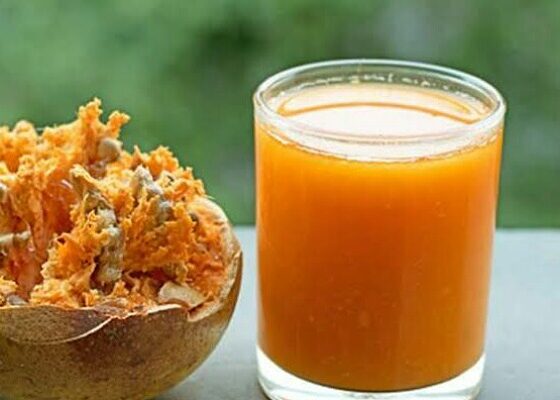Bael fruit or wood apple is a sweet and aromatic fruit found in the Indian subcontinent. Though not good looking, the fruit is delicious and loaded with nutrients. What nutrients does it contain? What are it’s benefits for humans?
Bael fruit or wood apple
The botanical name of bael fruit or wood apple is Aegle marmelos. It grows on the bael tree and it’s other names are Bengal quince and golden apple. The tree is native to India, Bangladesh and Nepal.
The tree is of middle size with slender branches. Its bark is pale brown color and it oozes an edible gum. The tree parts have use in traditional medicine. The roots, stem, leaves, fruit and seeds have medicinal properties.

These are beneficial in treatment of several diseases. Its flowers are white in color and sweet scented. They find use in preparation of perfumes. The raw fruit has a greenish grey skin and on maturity this peel turns yellow in color. The inside of the fruit is pulp of bright and dark yellow with seeds.
Nutrition and bael fruit
This fruit is not so common. It is not available globally. But it is tasty and healthy. It is rich in vitamin C, proteins, vitamin B complex and beta carotene. Moreover, it contains fats and dietary fiber. The fruit is loaded with minerals such as zinc, potassium, calcium, magnesium, copper and iron.

100 g of the fruit has 61.5% water, 1.8 g of proteins, 0.3 g fats, 2.9 g dietary fiber, and 31.8 g carbs. Calories content is 137 calories. There is no sodium in it. Potassium is 600 mg while calcium, phosphorus, and vitamin C is 85 mg, 50 mg and 8 mg respectively.
Health benefits and uses
There has not been much research carried out on the health features of this fruit. There are only some preliminary laboratory studies and animal studies on this fruit. But traditional medicine uses this fruit in treatment of several diseases affecting human beings.
It has a digestive role and can control loose motions that certain bacteria cause. In vitro studies has shown benefit of this fruit pulp in management of shigella dysentery. The lectins present in the fruit prevent adhesion of the bacteria to the colon cells.

Extracts of the fruit, it’s roots and leaves possess antifungal and antiviral properties. The leaf oil can prevent skin fungal infections. It can also control skin staphylococcal infections.
In animal studies, the extract of the fruit reduced gastric juice volume. It promoted gastric ulcer healing too. The leaf extract can save the gut from the ill effects of radiotherapy. Moreover, the fruit has antioxidants that can mop up the damaging free radicals and reduce chances of cancer.
The stem bark has antioxidant, umbelliferone β-D-galactopyranoside (UFG). Rat study showed that this reduces fasting blood sugar levels. This compound also has anti-inflammatory action.
Though good, the fruit can rarely cause allergies. And it reduces male fertility by reducing production and motility of sperms.
Read here: Which is the healthiest fruit for you?
One can consume the fruit pulp or make a juice of it. The fruit pulp with tamarind is also delicious. One can add sugar or milk to the fruit juice. Citric acid is also at times added to it. In Thailand, the young shoots and leaves serve as a seasoning.
